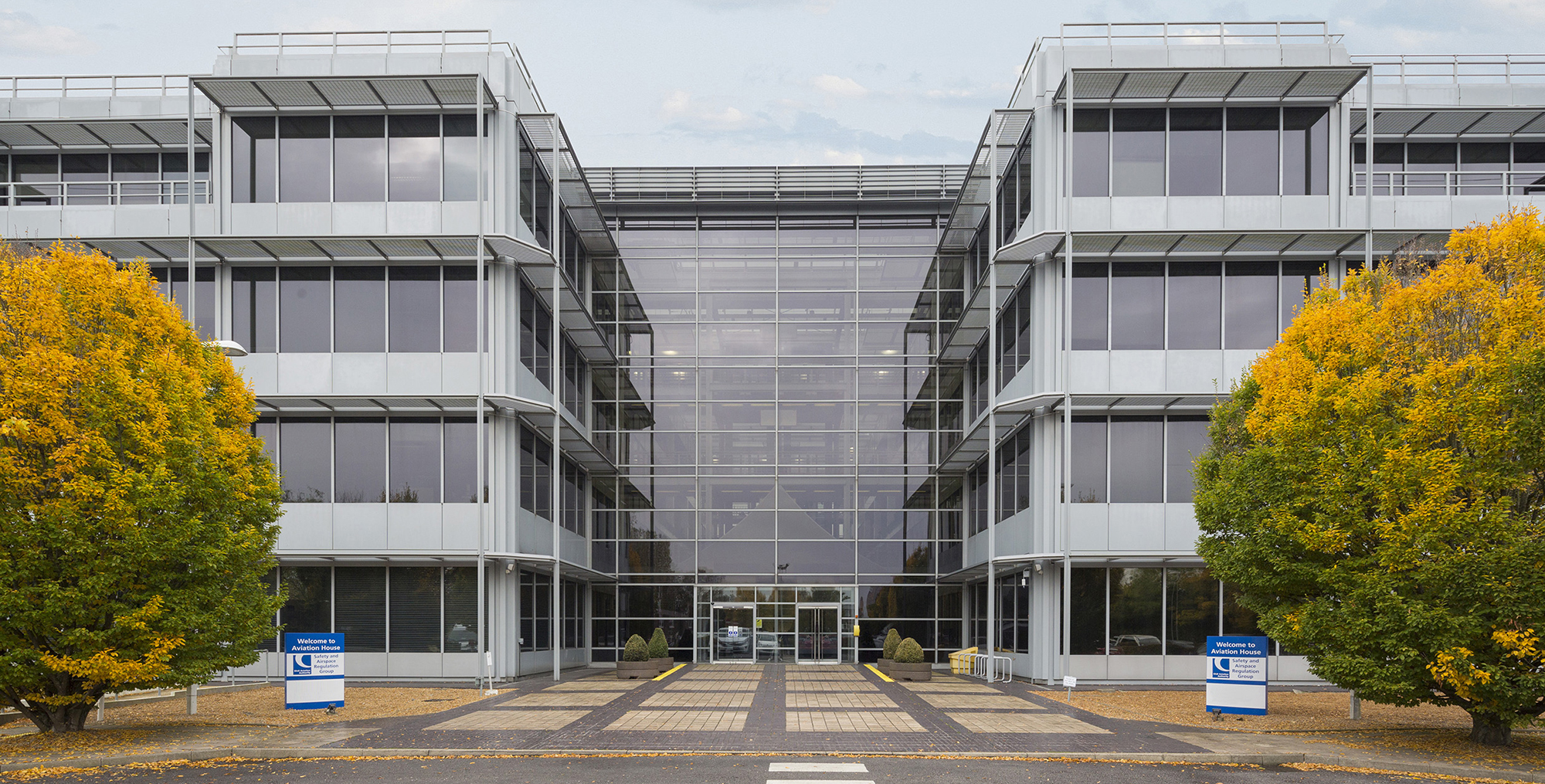A new Airworthiness Code designed to provide practical guidance on key airworthiness topics such as the Airworthiness System and the Part-ML maintenance programme has today been published by the UK Civil Aviation Authority.
The Airworthiness Code; A maintenance guide for light aircraft is a guidance document designed to support owners and operators of general aviation (GA) aircraft. The document primarily addresses Part 21 aeroplanes and rotorcraft subject to the Part-M regulation; and Part 21 aircraft operating on an enduring permit to fly.
Feedback received as part of a Civil Aviation Authority consultation looking at UK General Aviation opportunities after leaving EASA, highlighted the need for there to be an airworthiness version of the Skyway Code.
Michael MacDonald, Co-Head of the Civil Aviation Authority’s General Aviation & RPAS Unit said: “This new Airworthiness Code has been produced in a similar style to the much-loved Skyway Code and we hope this new guidance will go some way in supporting GA owners, not only in in their regulatory understanding of Part-ML itself, but also how to apply it to their aircraft.
“I would like to thank in particular the Aircraft Owners and Pilots Association (AOPA) Maintenance Working Group and other members of the GA community who contributed to the Airworthiness Code and hope that you will find it useful.”
Martin Robinson, Chief Executive Officer of the Aircraft Owners and Pilots Association, said: “AOPA has been pleased to see the Civil Aviation Authority following up with an equivalent to the Skyway Code but for maintenance matters.
“This is something we have been keenly requesting and our Maintenance Working Group helped review in its early stages. We believe it should be useful for aircraft owners, operators and maintainers alike. We congratulate the CAA for seeing this important piece of work to completion and we recommend it all aircraft owners.
“We know from the number of queries we receive from our members that maintenance issues are common and often arise because of misunderstandings of the myriad of maintenance regimes. The idea of a clear, well documented description of maintenance matters in a form suitable for owners and operators is a great step forward. We look forward to helping the CAA keep the document relevant and readable.”
For more information and to download the updated free online version, please visit The Airworthiness Code | Civil Aviation Authority (caa.co.uk)

